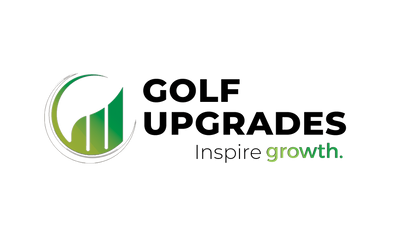- +Book Now
-
Lessons
-
Junior Programs
-
About Us
-
Resources
Join our free newsletter for golf tips, golf articles, and ways to improve your golf game 🍃
Clubface Angle at impact is the direction the clubface is pointed (right or left) at impact and is measured relative to the target line. Most golfers refer to this as having an “open” or “closed” clubface. The optimal face angle depends on the type of shot the golfer wants to play.

Note: Clubface to Path is the angle difference between face angle and clubhead path and is defined by face angle minus club path. Face to path is a key factor in determining the curvature (spin axis) of a golf shot. A positive face to path means the face is pointed to the right of the club’s (horizontal) path and a negative face to path means that the club face is pointed to the left of the club’s (horizontal) path regardless of handedness (right- or left-handed golfer) when using many launch monitor type measuring devices. Other launch monitors will use the “left” or “right” designations in relation to the path direction or target line at the professional’s discretion. It is important to understand the reference point of the data being delivered for accurate analysis. There are three general descriptions listed below for clubface angle. However, clubface angle is measured in degrees.
The ball’s starting direction on full swing shots generally is between 61% and 83% toward the face angle on a center face strike, with higher numbers when the dynamic loft is lower. At slower speeds with a putter for example, the clubface angle can account for over 90% of the ball’s initial direction. Note that clubface angle to clubhead path are not relative to the target line.
Example: For a right-handed player to hit a fade, the clubface is angled to the right of the clubhead path and vice versa to hit a draw.
Assuming a centered impact, the following examples are provided to show how clubface angle and clubhead path influence ball curvature.
by Jacob Williams

Jacob Williams
Author